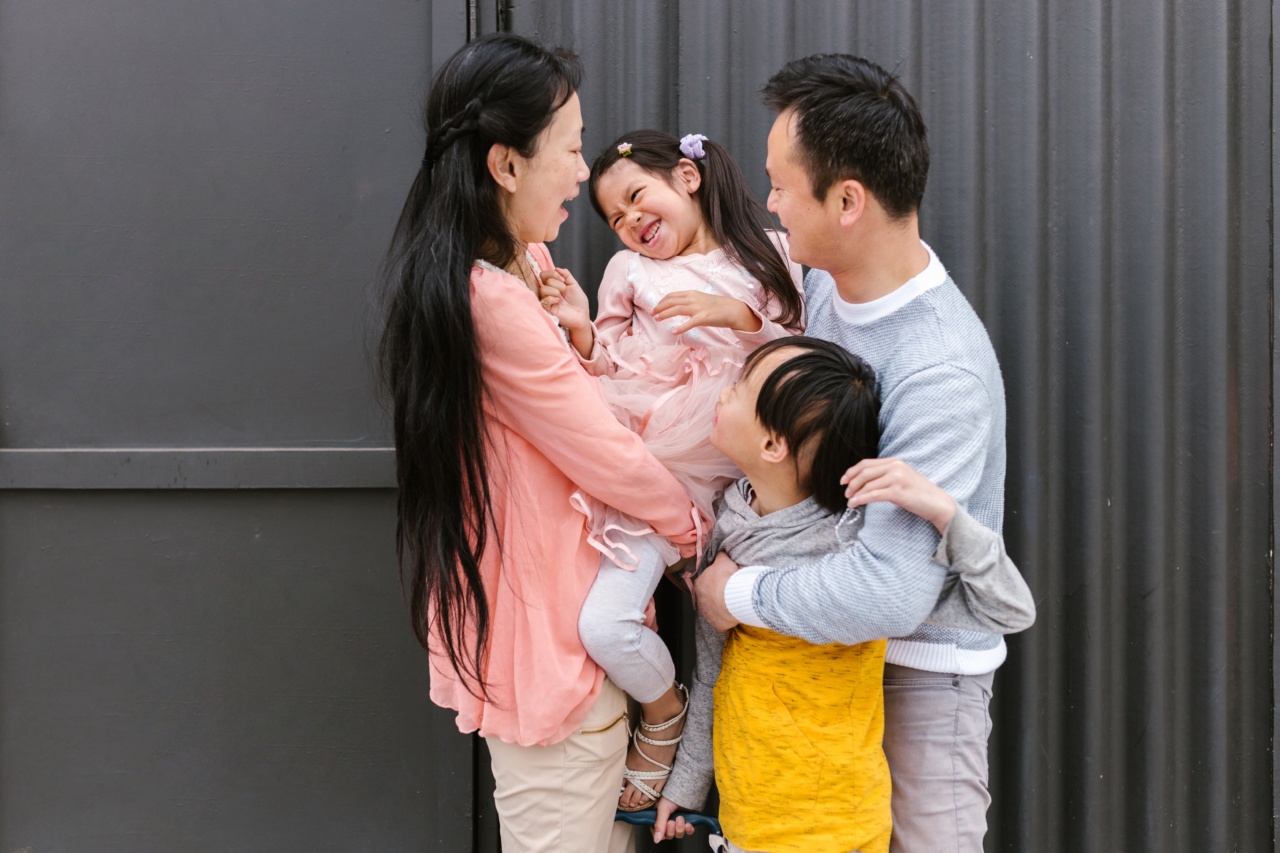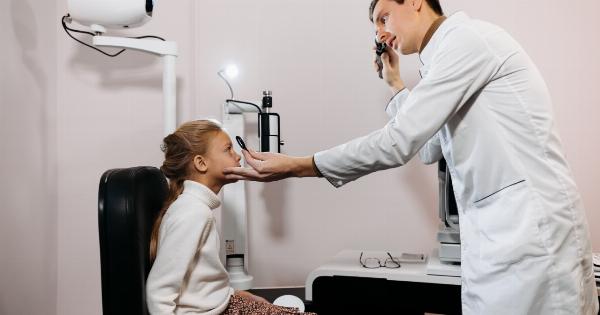Anesthesia is a medical procedure that involves numbing a patient’s ability to feel pain and relaxes the muscles for therapeutic or diagnostic purposes.
While anesthesia is considered to be a relatively safe procedure, parents should still be aware of the risks that come with administering anesthesia to children. Here are some important things parents need to know about anesthesia and child safety:.
The Basics of Anesthesia
Anesthesiologists, who specialize in administering anesthesia, use a variety of medications to put patients to sleep, prevent pain, and reduce movement during a procedure.
Anesthesia can be administered through different methods like inhalation (breathing it in) or injection (intravenous or IV).
Before the procedure, the anesthesiologist usually checks the child’s medical history, age, height, weight, and other relevant factors that could affect the anesthesia’s effectiveness.
This is done to ensure that the anesthesia dose is appropriate and that the child is in good health before the procedure.
The Risks of Anesthesia for Children
While anesthesia is generally considered safe, there are still risks that parents need to be aware of. The risks can vary depending on the child’s age, overall health, and the type of procedure that they are undergoing.
Before any procedure that requires anesthesia, the anesthesiologist will explain the risks and benefits of the procedure and obtain the necessary consent from the parents.
Parents should also inform the anesthesiologist of any medications or medical conditions that could potentially affect the anesthesia’s effectiveness.
The potential risks of anesthesia for children include the following:.
Emergence delirium
Emergence delirium is a condition that can occur after anesthesia, especially in young children. It’s characterized by confusion, agitation, crying, and disorientation.
The condition usually goes away on its own, but in some cases, medication may be necessary to treat it.
Allergic reaction
Children can have allergic reactions to certain anesthesia medications, which could result in difficulty breathing, hives, and other symptoms.
An immediate medical intervention may be necessary if an allergic reaction occurs during or after a procedure.
Nausea and vomiting
Anesthesia can cause nausea and vomiting in some children, which could potentially lead to dehydration if not managed appropriately.
Injury from equipment
In rare cases, children may experience an injury from anesthesia equipment during the procedure, such as burns from a cautery machine or pressure injuries from poorly positioned pressure points.
Proper equipment checks and safety protocols help prevent these incidents from happening.
Long-term cognitive effects
There is some evidence to suggest that anesthesia could potentially affect a child’s long-term cognitive development. The exact mechanism is not yet fully understood, and more research is needed to confirm this link.
However, some studies have suggested that repeated anesthesia exposure may be a factor in the development of learning disabilities later in life.
Precautions Parents Can Take
While parents cannot eliminate all the risks associated with anesthesia, there are precautions they can take to mitigate them:.
Inform the anesthesiologist of any medical conditions or medications
Before the procedure, parents should provide the anesthesiologist with their child’s full medical history, including any previous anesthesia experiences.
This will help the anesthesiologist evaluate the child’s risk and determine the appropriate dosage and medication to use. Parents should also inform the anesthesiologist of any prescription and over-the-counter medications that their child is taking.
Follow pre-operative instructions
Parents should follow the anesthesiologist’s pre-operative instructions carefully. This may include guidelines such as fasting instructions or medication instructions that need to be followed before the procedure.
Following these instructions will help ensure that the procedure goes as smoothly and safely as possible.
Ensure that the medical facility has appropriate safety measures
Parents should also ensure that the medical facility where the procedure is being performed has appropriate safety measures in place. This includes equipment checks, staff training, and emergency protocols.
Parents can ask the hospital staff about their safety procedures and policies regarding anesthesia, as well as their experience in administering anesthesia to children.
Be vigilant after the procedure
Parents should monitor their child closely after the procedure to watch for any signs of complications or discomfort.
They should report any unexpected symptoms to the healthcare provider and follow any post-operative care instructions provided by the healthcare provider.
Conclusion
Anesthesia is a common medical procedure that is relatively safe for children. However, it comes with risks that parents should be aware of to ensure that their child is as safe as possible before, during, and after the procedure.
By following the precautions listed above, parents can help mitigate the risks associated with anesthesia, making the procedure safer and more successful overall.





























